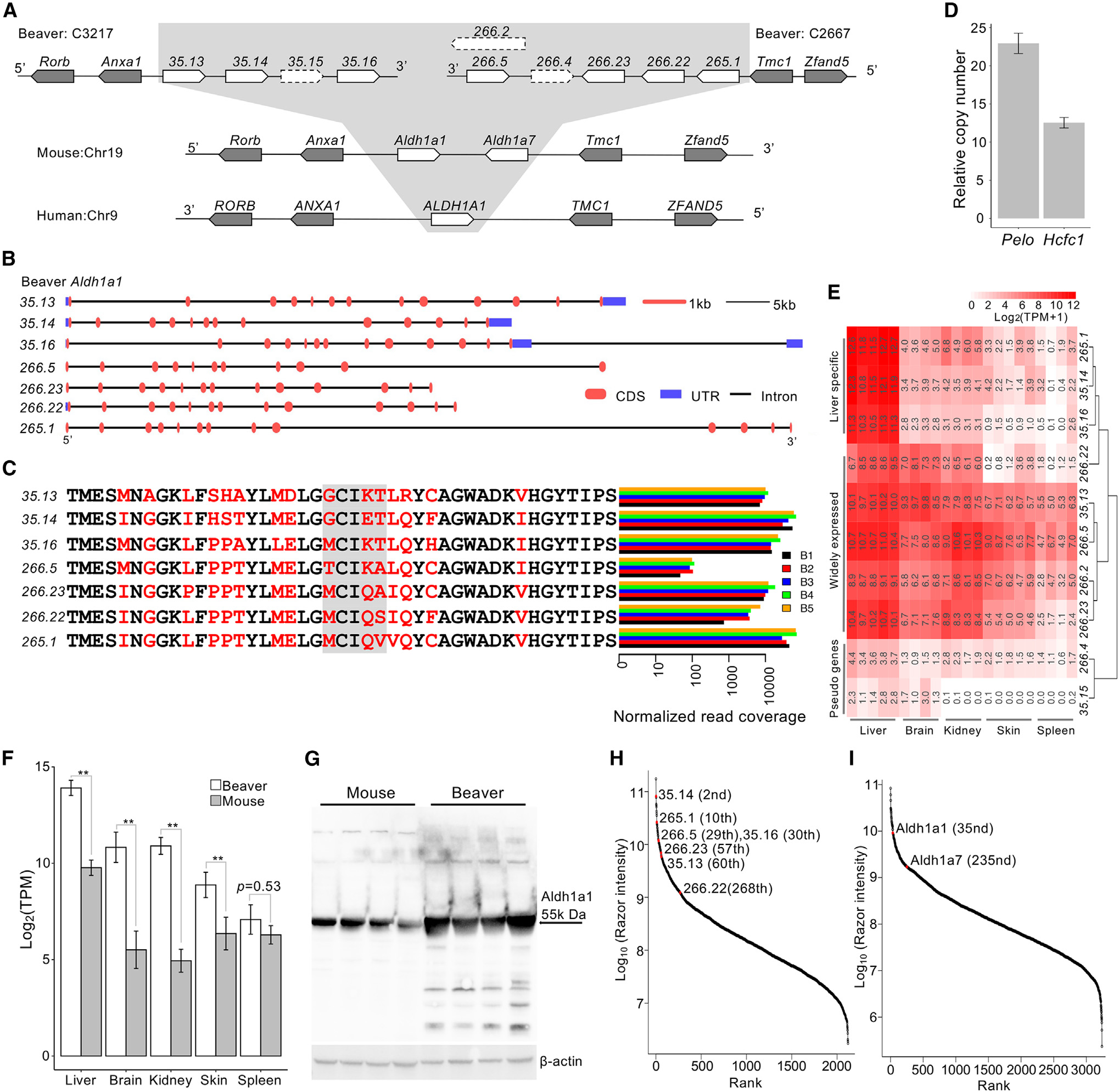Figure 1. Expansion of Aldh1a1 in the beaver genome.

(A) The synteny of the Aldh1a1 locus in the genomes of the beaver, mouse, and human. We identified 10 copies of Aldh1a1 in the beaver genome, including 2 pseudogenes (35.15 and 266.4) and a low-quality copy (266.2).
(B) Gene structure of the 7 functional copies of Aldh1a1.
(C) RNA-seq reads coverage at genomic locations of different amino acid residues among 7 Aldh1a1 gene products. Variable sites were highlighted in red, and the gray box indicates the selected sites where we checked the coverage of RNA-seq reads. RNA-seq reads from the liver tissue of 5 beaver samples (B1–B5) were used in the plot (Table S1). Normalized read coverage is the read counts per 100 million mapped reads.
(D) Validation of the Aldh1a1 copy number by qPCR. Two single-copy genes were used as references: Hcfc1 on an autosome and Pelo on chromosome X. Three technical replicates for each of the 3 different amounts of DNA input. Data are shown as mean ± SD.
(E) Expression of different beaver Aldh1a1 copies across tissues. With an extremely high expression in liver alone, 3 copies show a liver-specific expression.
(F) Aldh1a1 expression comparison between beavers and mice. The double asterisk denotes adjusted p < 0.01 after Bonferroni correction. There is no difference in the spleen tissue (nominal p = 0.53). Five biological replicates for beaver liver and skin tissues; 4 biological replicates for beaver brain, kidney, and spleen tissues. Five biological replicates for each tissue of the mouse. Data are shown as mean ± SD.
(G) Western blot of Aldh1a1 protein from beaver and mouse liver extracts of 4 different samples of each species. Aldh1a1 protein quantity is statistically higher (p = 0.001 by 1-tailed Welch 2-sample t test) in the beaver liver than in the mouse liver.
(H) Relative abundance of Aldh1a1 copies among detected beaver liver proteins. The Aldh1a1 copies are highly abundant.
(I) Relative abundance of mouse Aldh1a1 and Aldh1a7 among all detected liver proteins. Relative protein rank is inversely correlated with abundance. The mean abundance of protein from 3 biological samples are shown in (H) and (I).
